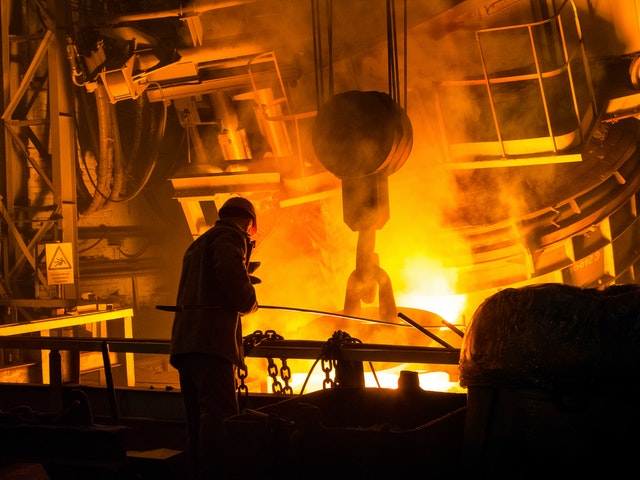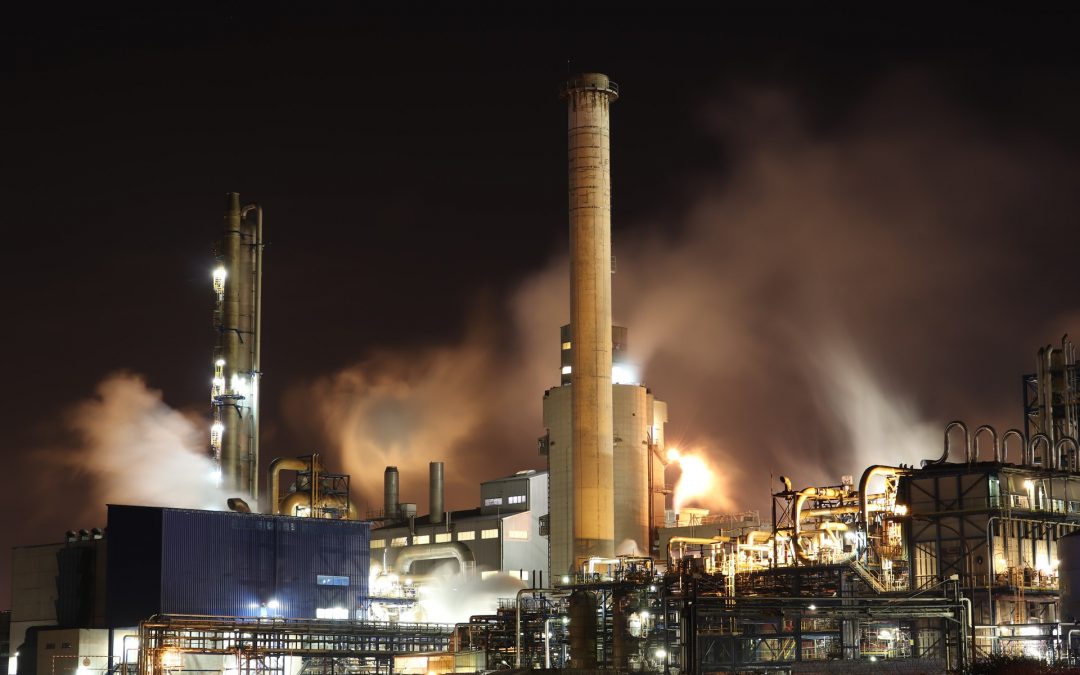Gas Exploration and production are best known among Western North Dakota residents. The use of energy by nature and the advancement in the production technologies have emerged in the production in a high quantity of exploration into new areas of North Dakota where the people around that place has absolutely no idea about this process.
These are five basic steps that are involved in the process of Gas and oil companies to explore and produce petroleum:
Initial interest
Someone in the oil or gas industry must take the initiative and show interest before the petroleum field is explored or produced. Interests can be done in many ways:
● Research methods can include geographical techniques, stratigraphic analysis, literature, review of geological maps, and photogeographical mapping with on-site examination for the rock strata outcropping, which may locate any petroleum deposits in that exact area.
● The company must want to explore other petroleum deposits, which may have been overlooked if the exploration activity in a particular place is not involved.

● On a hunch, Initial interest can be established. Suspicion is based on information with less detailed research of information when compared to the other two methods.
Leasing
When Initial interest is established in a particular area, the next step is to determine who will own the land, especially the mineral lease, as it is the most common practice rather than purchasing mineral rights. If possible, the rights should be acquired for the allowance of further exploration.
Geophysical Survey
The advanced phases can be explored when they initiate exploration and the lease acquisition completed. The company can start the process immediately or postpone the additional exploration to check the other data and information or wait in the frontier areas to see when the Gas and oil activities develop. On-going activities within the company might take priority over new projects of exploration in some situations.
Drilling
Other factors will be considered for the drilling in search of oil even after the leases are transacted and geophysical studies are analysed. First of all, the drilling of a dry hole takes several millions of dollars. Second, the venture may be postponed or cancelled if there is insufficient drilling equipment or incorrect timing. Finally, they need to consider non-financial activities like the potential impact on the environment.
One of the essential parts of the pre-drilling preparation stage is the survey team. The survey on which site they should work on and then stake out the place of drilling. They also help map out the location of routes to ensure the accessibility of drilling locations for all the necessary supplies, heavy equipment, and power.
Well production
The decision of whether the well created is productive or non-productive is noted when the drilling crosses the pre-calculated producing zones. Tests can be taken to pinpoint the formations of petroleum containers if oil or gas does not appear on the surface in the drilling mud.


